Hello Friends
Westminster Abbey, London, UK
You cannot visit London and not go to Westminster Abbey, where most of the royalty have been crowned, married and buried. A Gothic monument, it is referred as the Collegiate Church of St Peter at Westminster. Legend has it that the church that dates back to the 7th century was built on the site earlier known as Thorn Island. A fisherman named Aldrich saw a vision of St Peter from the Thames River, which prompted the tradition of fishermen gifting the Abbey salmon caught in the river. The church, which was rebuilt in the 11th century by Edward the Confessor, was again constructed in the present form by Henry III in the 13th century.
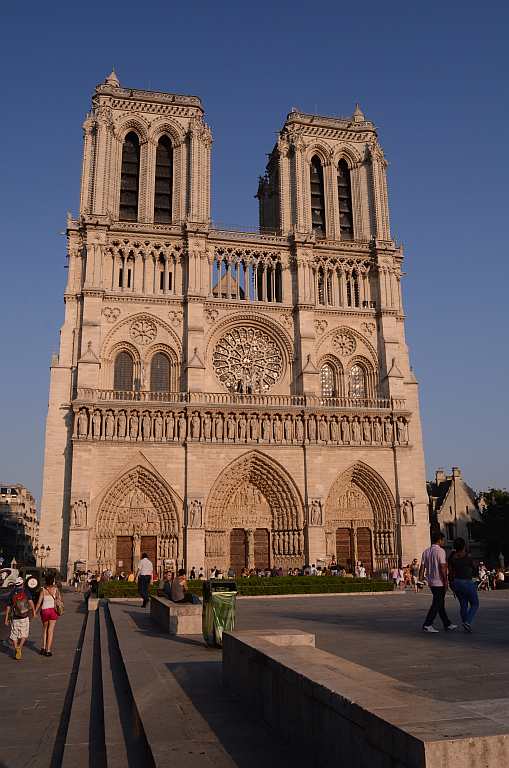
Notre Dame De Paris, France
Standing tall and basking in the evening light, this 12th century Gothic cathedral lies on the Ile De La Cite, an island in the Siene in Paris. The church, which houses religious relics, has about 390 steps on top that take you across spiral staircases from where you can enjoy a panoramic view of Paris.
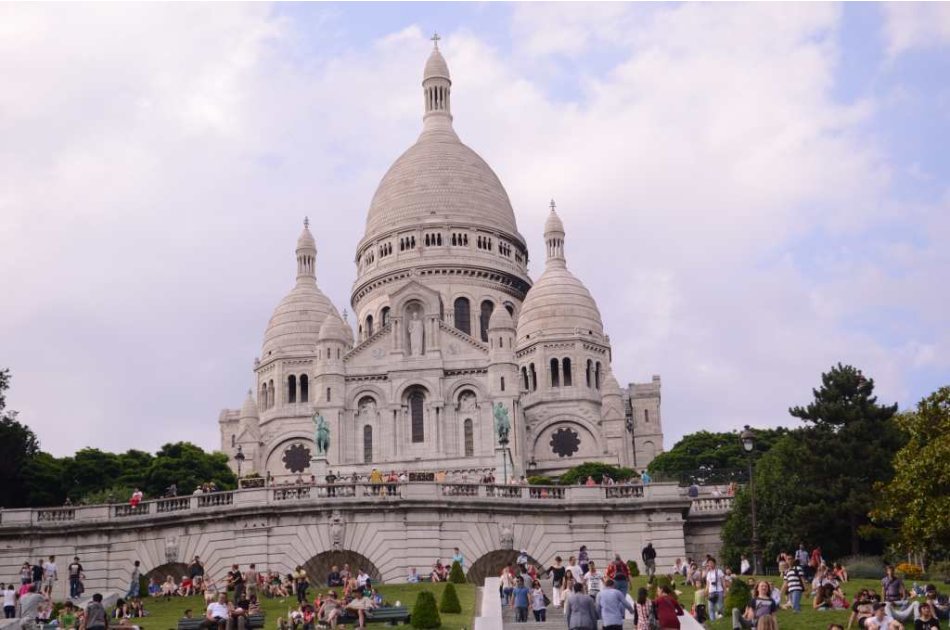
Basilica De Sacre Coeur, Paris, France One of the most beautiful and serene churches in Paris, the basilica is built atop the Montmartre, the highest point in the city. Besides enriching the skyline of the city, this white monument looks stunning against the blue sky. It is built of travertine, a form of limestone that lends the colour to the monument. One can walk up to the top of the dome for a view of Paris.
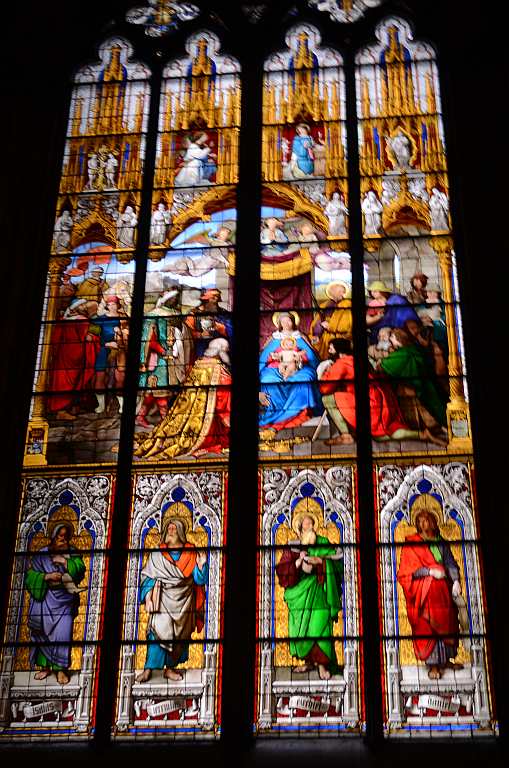
High Cathedral of St Peter, Cologne,
Germany The most towering landmark of Cologne in Germany is the 13th century World Heritage Site that was virtually left midway through construction during medieval times. This Gothic church with the largest façade in the world was left unfinished in the 15th century. Work restarted after almost 400 years in the 19th century. Although the city was completely damaged during World War II, the cathedral did not collapse at all. Climb up the cathedral and enjoy the spectacular view of the Rhine that flows beside it.
Germany The most towering landmark of Cologne in Germany is the 13th century World Heritage Site that was virtually left midway through construction during medieval times. This Gothic church with the largest façade in the world was left unfinished in the 15th century. Work restarted after almost 400 years in the 19th century. Although the city was completely damaged during World War II, the cathedral did not collapse at all. Climb up the cathedral and enjoy the spectacular view of the Rhine that flows beside it.
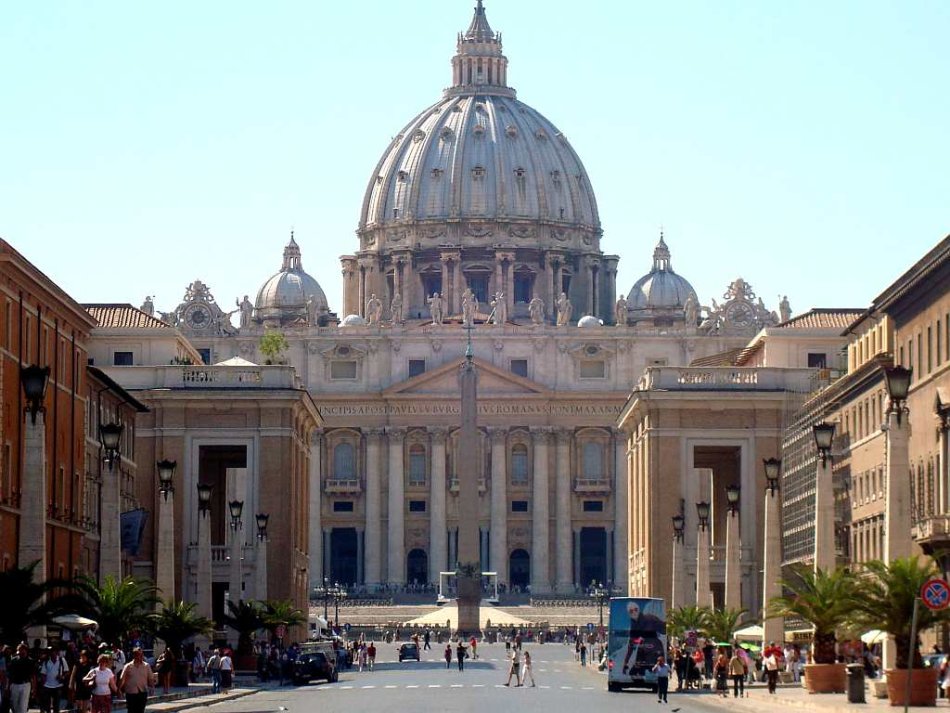
St Peter’s Basilica, Vatican, Italy I was just awestruck looking at the Papal Basilica of St Peter in the Vatican. As you enter St Peter’s Square, the iconic dome stands out in the spree of monuments. One of the largest and most sacred of all churches in the world, the architecture is of Renaissance and it has been designed by a slew of architects, including Michelangelo. It is believed to be built above the tomb of St Peter’s and is also the burial site of the First Bishop of Rome.
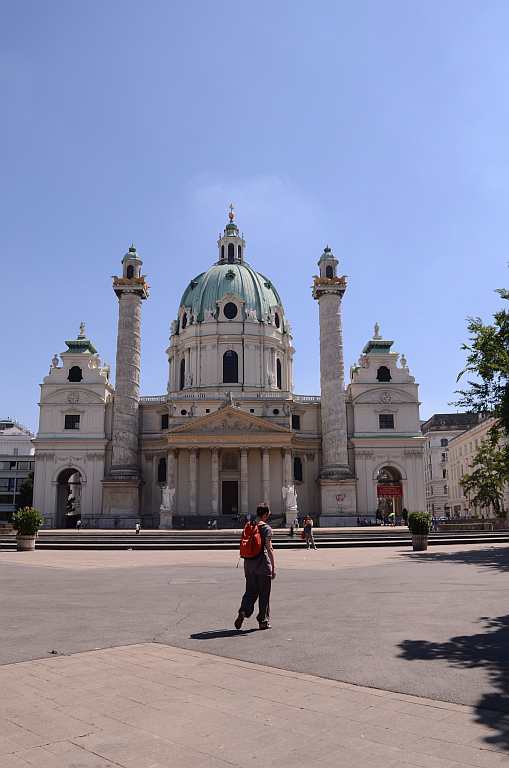 St Peter’s Church, Vienna Inspired by the design of St Peter’s Basilica in Vatican, this 18th century Baroque Roman Catholic church is referred to as Peterkirche. It was one of the first monuments that I saw in the beautiful city of Vienna, filled with churches, cathedrals and castles, the dome sparkling in the light. There was a Roman church built on this site during the medieval era and it was believed to be the oldest in the city. It was replaced by another Romanesque church, attributed to Emperor Charlemagne, which was burned down in the 17th century.
St Peter’s Church, Vienna Inspired by the design of St Peter’s Basilica in Vatican, this 18th century Baroque Roman Catholic church is referred to as Peterkirche. It was one of the first monuments that I saw in the beautiful city of Vienna, filled with churches, cathedrals and castles, the dome sparkling in the light. There was a Roman church built on this site during the medieval era and it was believed to be the oldest in the city. It was replaced by another Romanesque church, attributed to Emperor Charlemagne, which was burned down in the 17th century.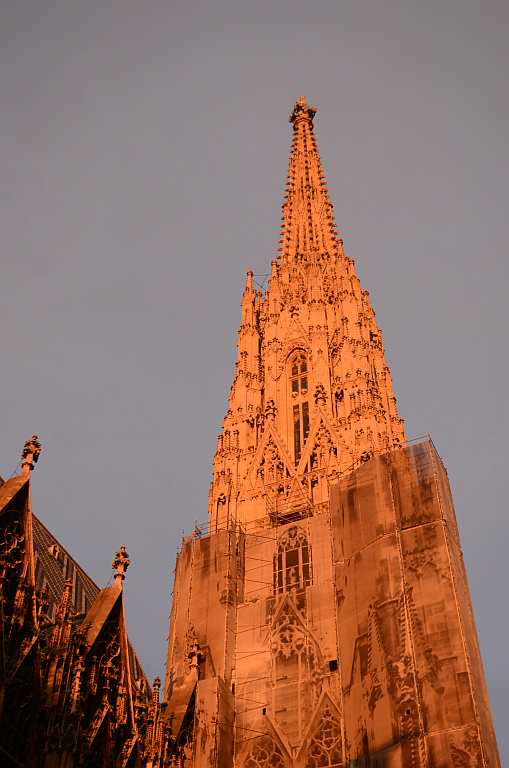
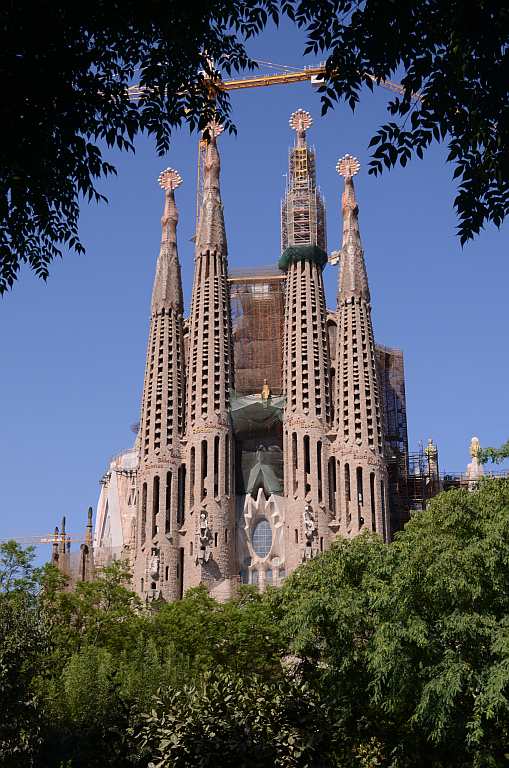
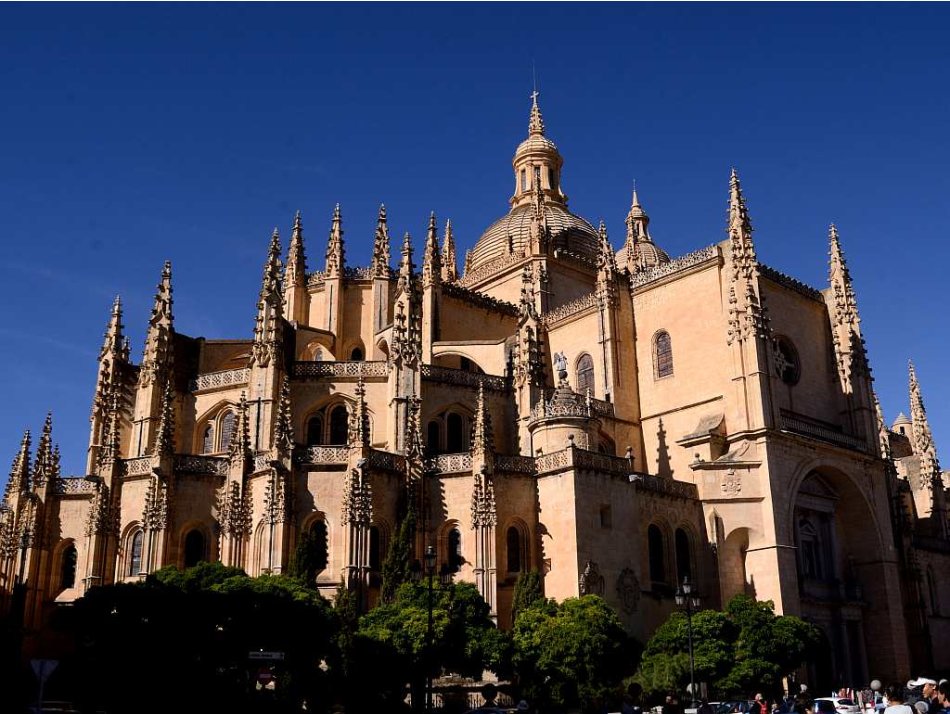
Segovia Cathedral, Spain I chanced upon the Segovia Cathedral after a sumptuous dinner at Plaza Mayor. Dedicated to Virgin Mary, the cathedral stood glowing in gold, lit under the night sky. We came back to visit it the following day and learnt that the original cathedral was built next to the Fortress, the Alcazar, but was reduced to ruins in a war. Built in Gothic style in the 16th century, the church is one of the key landmarks of the city, apart from the fortress.
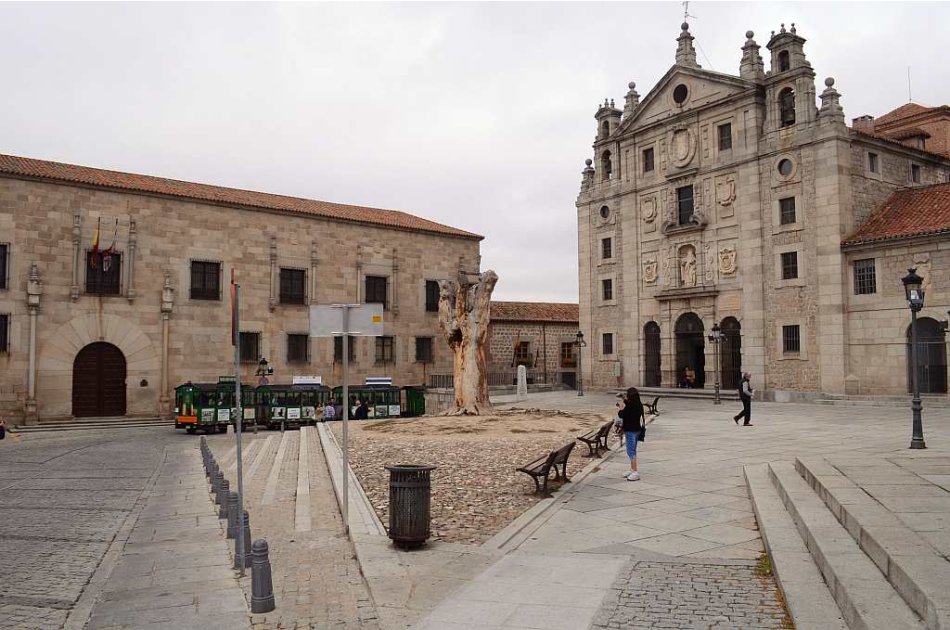
Convent of St Theresa, Avila, Spain In Avila, a city walled almost on all sides, I walk into a small shrine built on the home of the famous saint, St Theresa. The 17th century convent, built after her canonisation, is largely closed to the public but opens its doors to tourists who want to visit St Theresa’s chapel inside the Baroque church. We see scenes from her life, besides her relics – a finger from her right hand, rosary beads and other personal effects.
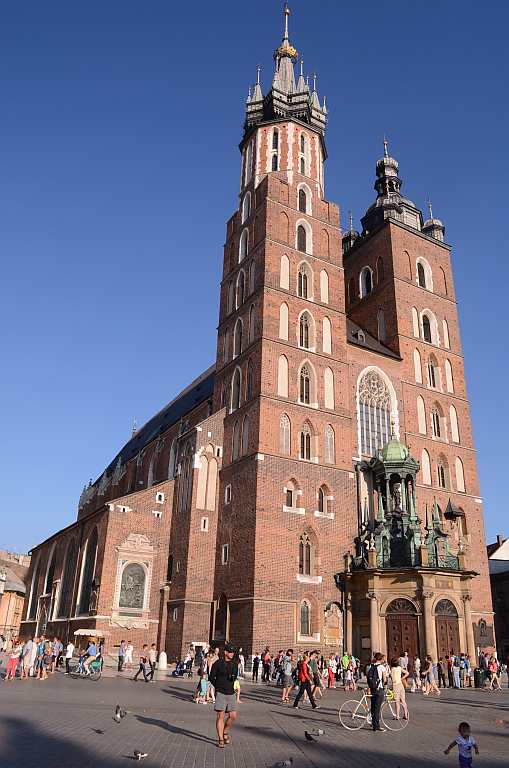
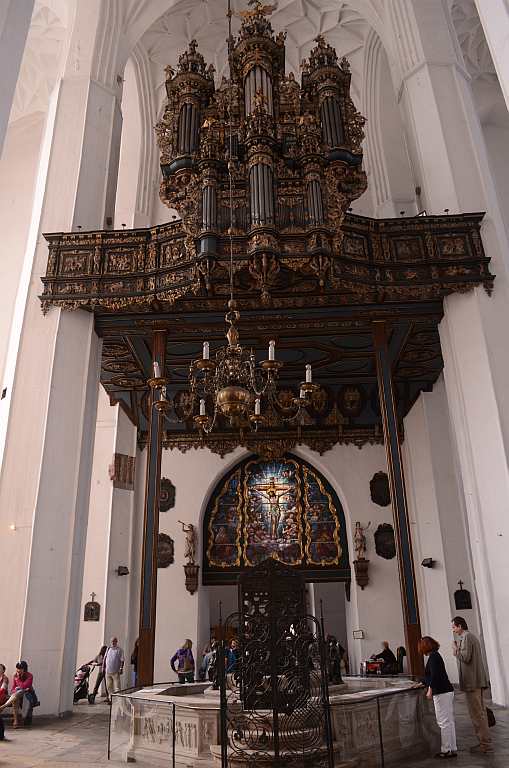 St Mary’s Church, Gdansk, Poland One of the largest brick churches in the world with a capacity to hold 25,000 people, this 14th century church is located in the Main Town and it seems rather different from the rest of the churches I have seen. The white walls and the many large windows reflecting the sunlight give it a rather arresting look, while the sculptures glow in the light. The church took almost two centuries to complete and has been used by both Catholics and Protestants during the Reformation. It was damaged extensively during World War II. As you walk along the 30 chapels looking at various pieces of art adorning it, one cannot but help look at the large astronomical clock that grabs your attention.
St Mary’s Church, Gdansk, Poland One of the largest brick churches in the world with a capacity to hold 25,000 people, this 14th century church is located in the Main Town and it seems rather different from the rest of the churches I have seen. The white walls and the many large windows reflecting the sunlight give it a rather arresting look, while the sculptures glow in the light. The church took almost two centuries to complete and has been used by both Catholics and Protestants during the Reformation. It was damaged extensively during World War II. As you walk along the 30 chapels looking at various pieces of art adorning it, one cannot but help look at the large astronomical clock that grabs your attention.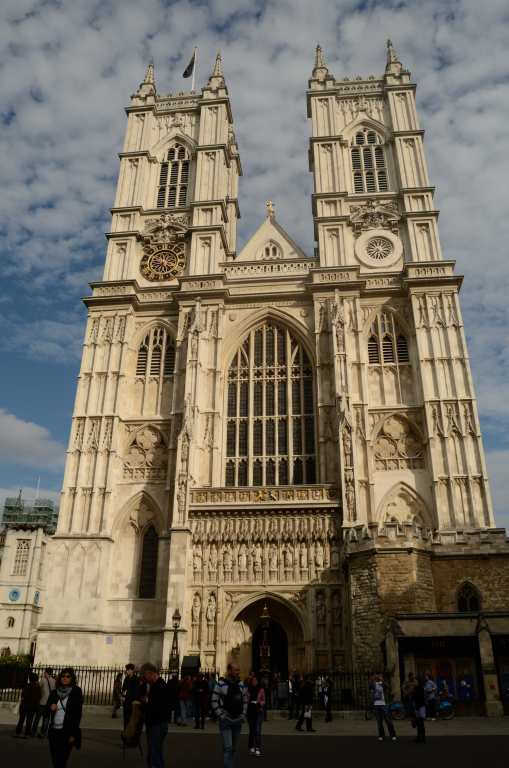









0 comments:
Post a Comment